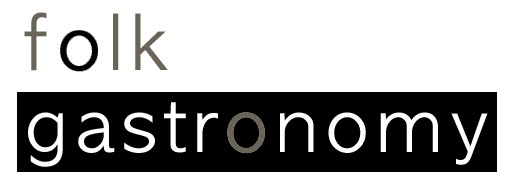[image: latinamericanstudies.org | jade mask from the rio azul]
masks, like sauces, redefine and create a second skin- mutable, non-verbal topographies within a greater semiotic cosmology that transfer the diner or wearer away from their gravity and bifurcate dimension. the mask of the mayan shaman is then, tangible proxy for understanding the relationship of man to the realms of the underworld. the mole or molli sauce, too is a vehicle for understanding the edible geographies and urban economies of the mayans- supplanting the senses amidst the markets of teotihuacan. mask and molli can appropriate and cloak a second-hand substrate- viz. chicken viscera, axolotl, and tecuitatl- and transform its surface while preserving the mystery of its interior and leaving intact the possibility of magic.
both mask and molli are physical expressions exfoliating the cooperative landscape of ritual and meaning, physical and ephemeral. the association of place each suggests due to their temporal intensities commits mask and molli to epigraphical and archaeological frameworks- both transients in a sensory enculturation and both tools of procession. over the course of generations, the physical mask is preserved, while its ceremony vanishes. conversely, the molli's ceremonial relics persist, while the sauce itself vanishes- leaving interpretation by the senses to the surfaces of idols and potters.
in the case of molli, the transmission of tradition through oral history has effectively preserved the practice of kakaw production in the americas from pre-columbian times- withstanding the technological developments in favor of a largely tactile, hands-on production with a lengthy cultural half-life.
[image: botanical.com | linnaeus gave the name kakaw the binomial, theobroma cacao meaning food of the gods]
both mask and molli are physical expressions exfoliating the cooperative landscape of ritual and meaning, physical and ephemeral. the association of place each suggests due to their temporal intensities commits mask and molli to epigraphical and archaeological frameworks- both transients in a sensory enculturation and both tools of procession. over the course of generations, the physical mask is preserved, while its ceremony vanishes. conversely, the molli's ceremonial relics persist, while the sauce itself vanishes- leaving interpretation by the senses to the surfaces of idols and potters.






No comments:
Post a Comment